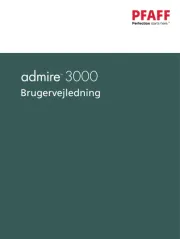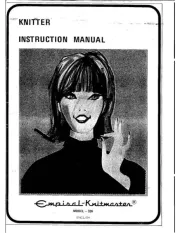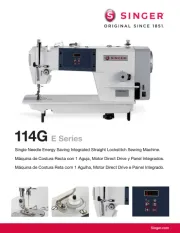Brother 3034D Manual
Læs gratis den danske manual til Brother 3034D (76 sider) i kategorien Symaskine. Denne vejledning er vurderet som hjælpsom af 30 personer og har en gennemsnitlig bedømmelse på 5.0 stjerner ud af 15.5 anmeldelser.
Har du et spørgsmål om Brother 3034D, eller vil du spørge andre brugere om produktet?

Produkt Specifikationer
| Mærke: | Brother |
| Kategori: | Symaskine |
| Model: | 3034D |
| Produktfarve: | Hvid |
| Kontroltype: | Dreje |
| Skærm: | Ingen |
| Symaskinens funktioner: | Overlock |
| Friarm: | Ja |
| Antal stingmønstre: | 4 |
| Bæretaske: | Ja |
| Syhastighed: | 900 |
| Stingbredde: | Variabel |
Har du brug for hjælp?
Hvis du har brug for hjælp til Brother 3034D stil et spørgsmål nedenfor, og andre brugere vil svare dig
Symaskine Brother Manualer
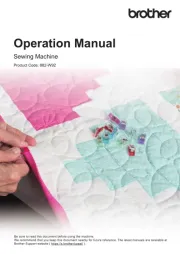
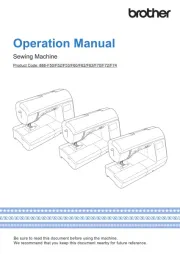
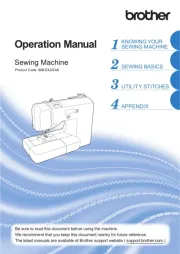
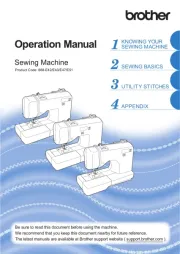
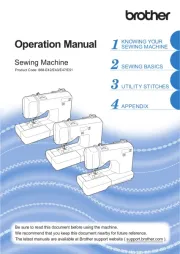
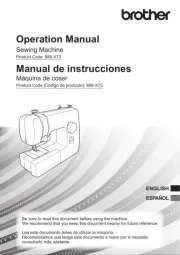
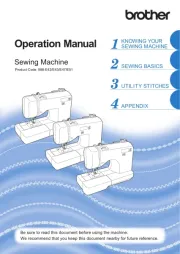
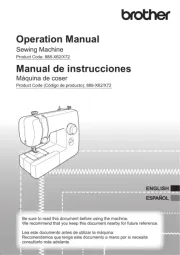
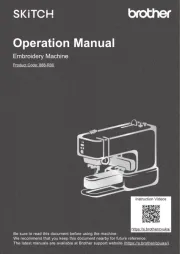
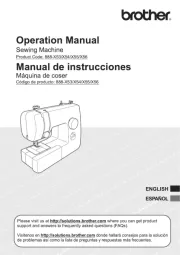
Symaskine Manualer
- Ikea
- Empisal
- Vendomatic
- Blaupunkt
- W6
- Victoria
- Necchi
- AEG
- Guzzanti
- Novamatic
- LERAN
- Yamato
- Mio Star
- RCE
- Husqvarna
Nyeste Symaskine Manualer





